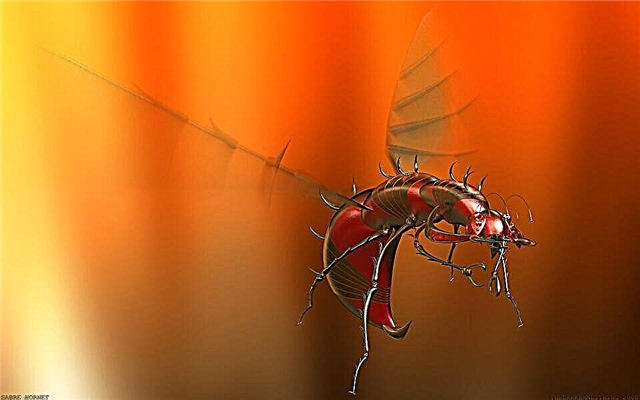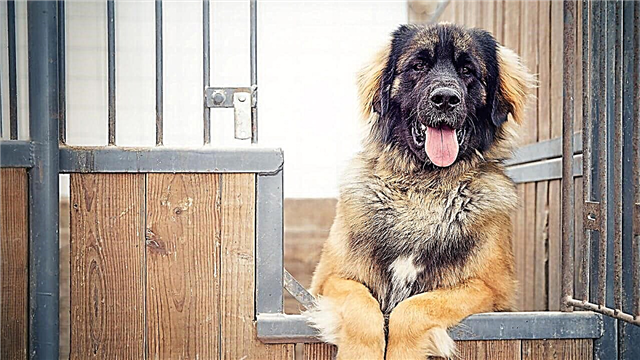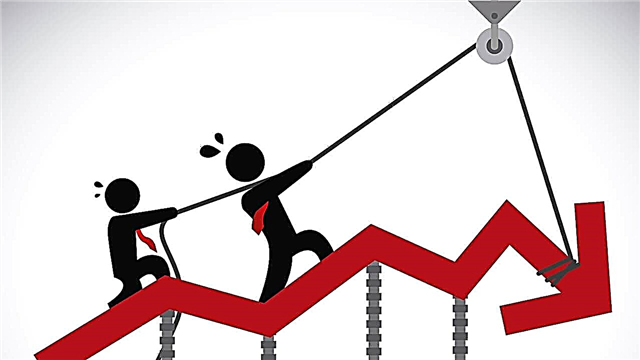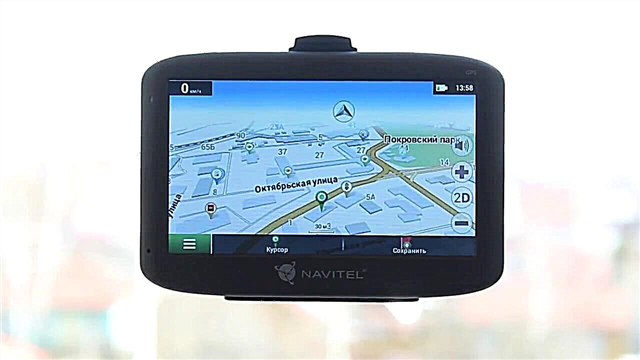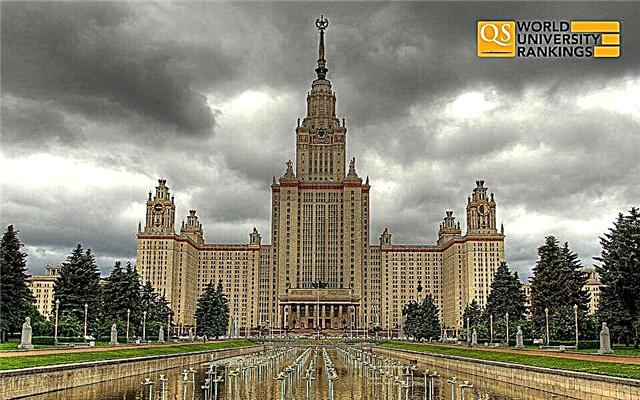In 2014, we celebrate Easter on April 20. This oldest church celebration in its history has changed its face, traditions and time more than once.
The celebration is accompanied by familiar rituals such as dyeing eggs, baking Easter cakes, and Christification since childhood. However, the meaning and history of these symbols is not familiar to everyone. Therefore, today we publish Top 10 interesting facts about the Easter holiday.
10. History of the name Easter
The word "Easter" comes from the Jewish "Passover" - "passing by." The tradition of celebrating Passover came from the Jewish people. Jews celebrated the exodus from Egypt for 7 days a year. The English name for the holiday "easter" comes from the re-name of the ancient goddess Dawn Ishtar.
9. Why do we celebrate Easter
Christians, starting from the 1st century AD, celebrate Easter in honor of the blessed resurrection of Jesus Christ. In a number of countries, Easter has the status of a public holiday. Orthodox and Catholic Easter rarely coincide in date.
8. Why does Easter change the date every year
The holiday always falls on a Sunday, but its date is calculated according to the lunar-solar calendar. Easter can "fall out" on any Sunday from April 4 to May 8.
7. What is Easter egg
Pysanka is a hand-painted Easter egg. Traditional pysanka is prepared like this. Using hot steel wax, a pattern is applied to the egg, then the egg is dipped into the first paint. After they make a new pattern with wax and are already dipped in a different color. At the end of the work, the wax is poured over a candle or burner. For safety, the contents of the Easter egg are blown and filled with wax. By the way, an egg painted in one color is called dye.
6. How is the Easter service
Easter service begins in temples at midnight from Saturday to Sunday and lasts until the morning. Believers bring eggs and Easter cakes to temples to be served on Sunday.
5. What does it mean to "Christify"
Christing means greeting one another with a threefold kiss and the words: "Christ is risen!" “Truly risen!” The custom comes from apostolic times and is described in the New Testament.
4. Why Easter cakes are baked for Easter
Easter cake - a symbol of artos, church bread destined for Christ. The word "Easter cake" came to our language from Greek, where it means "pretzel." In South Russian and Ukrainian cuisine, Easter cake is called Pasca.
3. What does the Easter Bunny mean?
In the culture of Western Europe and the USA, the image of the Easter hare, a symbol of spring and fertility, is popular. So, children in Germany believe that only for obedient kids on Easter the hare will bring a gift and a basket with multi-colored chocolate eggs. In Europe and America for Easter eat 60 million chocolate bunnies.
2. How does western Easter despair from eastern
In the Orthodox tradition, among the rituals performed on Easter - dyeing eggs, consecration of eggs, Easter cakes, greeting kissing. In Catholicism and Protestantism at Easter they give presents, they hide chocolate eggs in the house that children are looking for, decorate houses with images of an Easter hare.
1. Why do we paint eggs
 The egg is a symbol of rebirth and fertility. Ancient Christians painted Easter eggs exclusively in red in memory of the shed blood of the crucified Christ. Today, colored chicken eggs are present on the Easter table mainly among the Slavs. And in Western Europe and the United States they give chocolate eggs for Easter.
The egg is a symbol of rebirth and fertility. Ancient Christians painted Easter eggs exclusively in red in memory of the shed blood of the crucified Christ. Today, colored chicken eggs are present on the Easter table mainly among the Slavs. And in Western Europe and the United States they give chocolate eggs for Easter.


